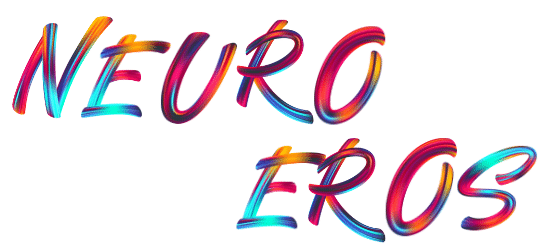Mental health encompasses a wide range of conditions affecting our state of mind, emotions and behavior. These conditions, also known as mental disorders, can vary in severity and symptoms, and are classified into different categories to facilitate their diagnosis and treatment. For a specific category, we can take as an example anxiety disorders, which are one of the most common forms of mental health problems. In 2019, 301 million people had anxiety disorders, indicating their prevalence worldwide[3]. Anxiety disorders are characterized by persistent feelings of excessive fear and worry that interfere with daily activities. These feelings may be accompanied by physical symptoms such as sweating, nervousness, accelerated heart rate, fatigue and sleep disturbances. Classification of mental disorders is essential to standardize diagnosis and treatment. The two most commonly used classification systems are the American Psychiatric Association’s Diagnostic and Statistical Manual of Mental Disorders (DSM-5-TR) and the World Health Organization’s International Classification of Diseases (ICD-11). Both systems attempt to subdivide mental illnesses into diagnostic categories based on symptom description and disease course[2, 4]. Unfortunately, despite the existence of effective treatments, many people suffering from mental disorders do not have access to appropriate care. Moreover, these individuals are often victims of stigmatization, discrimination and violations of their rights[3]. It is therefore essential to promote greater understanding and acceptance of mental health in society. https://neurosphinx.fr/maladie-arnold-chiari/
